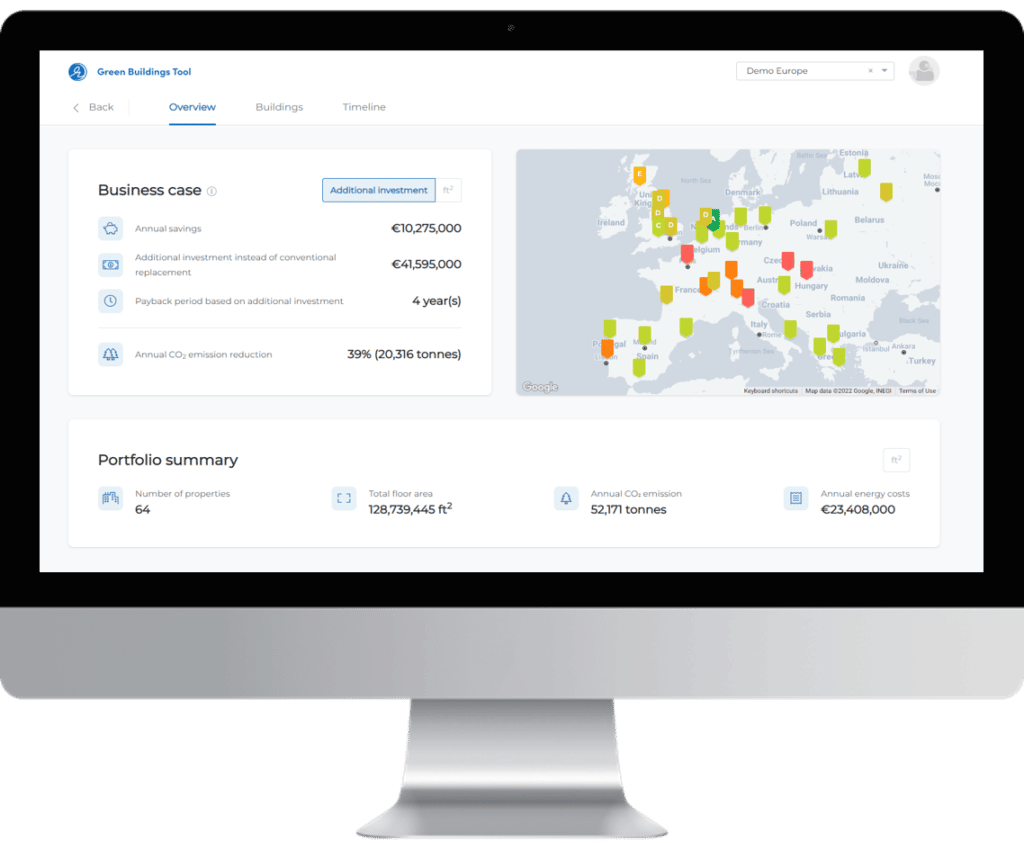

Green Bonds: the latest developments and practical tips
Green bonds are being issued in large numbers. Installing solar panels, increasing energy efficiency, reducing emissions: these are all projects in which green bonds can be involved. Whereas USD 37 billion worth of assets were managed in green bonds globally in 2014, by 2021 that was a massive USD 508.8 billion. Why is it so attractive and what are the latest developments?
The growing popularity of green bonds
Sustainability and ESG are increasingly taking centre stage and playing a role in businesses. The Paris Proof agreements are getting closer and pressure from society is increasing. This makes many businesses feel the urgency of sustainability and make it more central to their strategy, which gives rise to plans requiring investments. This is where green bonds come in.
“Green bonds are a very nice tool to finance such sustainability projects. Not only for businesses, but also specifically for investors, where green bonds are in huge demand.”
– Mattijs Melchiors, consultant at CFP Green Buildings
Green investments have relatively low risk and it is often known in advance what they will yield in broad terms, making green bonds attractive to a wide range of investors. Also, for investors, especially those who are committed to sustainability, green bonds can offer a good way to align their investment portfolio with their values, whereas for others it can serve as diversification and good tool to achieve spread.
Greenwashing and green bonds
Unfortunately, the attractiveness of a green character is also abused. There are examples of greenwashing in all markets. This also creates a more critical attitude in investors in the financial sector. At the same time, companies are doing everything they can to stay well away from greenwashing for this reason.
In the case of green bonds, we therefore frequently see frameworks drawn up by banks being used. See, for example, the ING’s Green Bond Framework. This ensures clear guidelines and criteria that the bonds must meet, which are also transparently communicated to potential investors. In addition, prior insight is given into exactly where invested money goes and audits are performed to check compliance. This ensures that the bonds are 100% green. The result? Green bonds are of particular interest to the discerning investor.
What are the latest developments surrounding green bonds?
It is very attractive for financial institutions to issue green bonds. In addition to the financial benefit, it allows banks to meet a large and rapidly growing customer demand and is a good fit with a bank’s risk management and diversification. However, the frameworks, criteria and requirements for green bonds are set by legislation. But this legislation is constantly changing both nationally and internationally. For example, there will most likely be an amendment to the EPBD, which will shake up the classification of energy performance certificates. This will impact the issuance, because the current rule being applied is that issuance is possible for label A-rated buildings and the national top 15% buildings with the best energy performance. Changing this legislation is likely to make the group of A-label buildings smaller, which may mean a green bond is no longer possible. In routes to green bond issuance, the EU Taxonomy is also often used as a guide. However, this directive is multi-interpretable in certain cases, which can also create ambiguity.
The question of what is green or green enough and therefore eligible for green bonds is therefore difficult to answer. As rules are constantly being tightened, what is classified as a green bond this year may not qualify for it next year. This is why it is important to document things correctly. CFP consultant Maastricht: “We see that there is a lot of ambiguity among parties. They question what is and what is not allowed and what things are covered by eligible criteria of green bonds. We regularly offer support in such cases. For example, we helped Argent prepare a Methodology Report for green bonds.”
Three practical tips for green bond issuers
#1 Avoid greenwashing
To avoid greenwashing, it is important to report transparently and honestly on your sustainability efforts. Set specific and measurable goals and also communicate them clearly to stakeholders, such as consumers and investors. If necessary, you can use various reporting standards.
#2 Be clear about the criteria
Why is something classified as green and when can it be included in the green bond issue? Provide a proper framework that is understandable to interested parties and can always be referred to. Transparency and clarity will prevent a mismatch of expectations.
#3 Anticipate changes
Although legislation such as the EU Taxonomy are fixed, they are constantly being debated and amendments will also be made. It is therefore advisable to familiarise yourself with this and anticipate future changes. For example, follow developments in the EU closely and attend workshops with experts. Don’t assume that things will stay as they are, as any modifications will impact the green bond portfolios you can issue.
Do you want to read more? We recently worked with Nationale Nederlanden on green bonds for residential buildings. You will also find our impact assessment in their Green Bond Impact Report 2022 .

In green bond projects, our Green Buildings Tool always comes in handy. It allows property portfolios to be analysed on a large scale to determine whether they meet green bond criteria. With the help of our smart tool, we have already helped to issue more than EUR 10 billion in green bonds. If you want to know more, contact us to discuss the possibilities.






